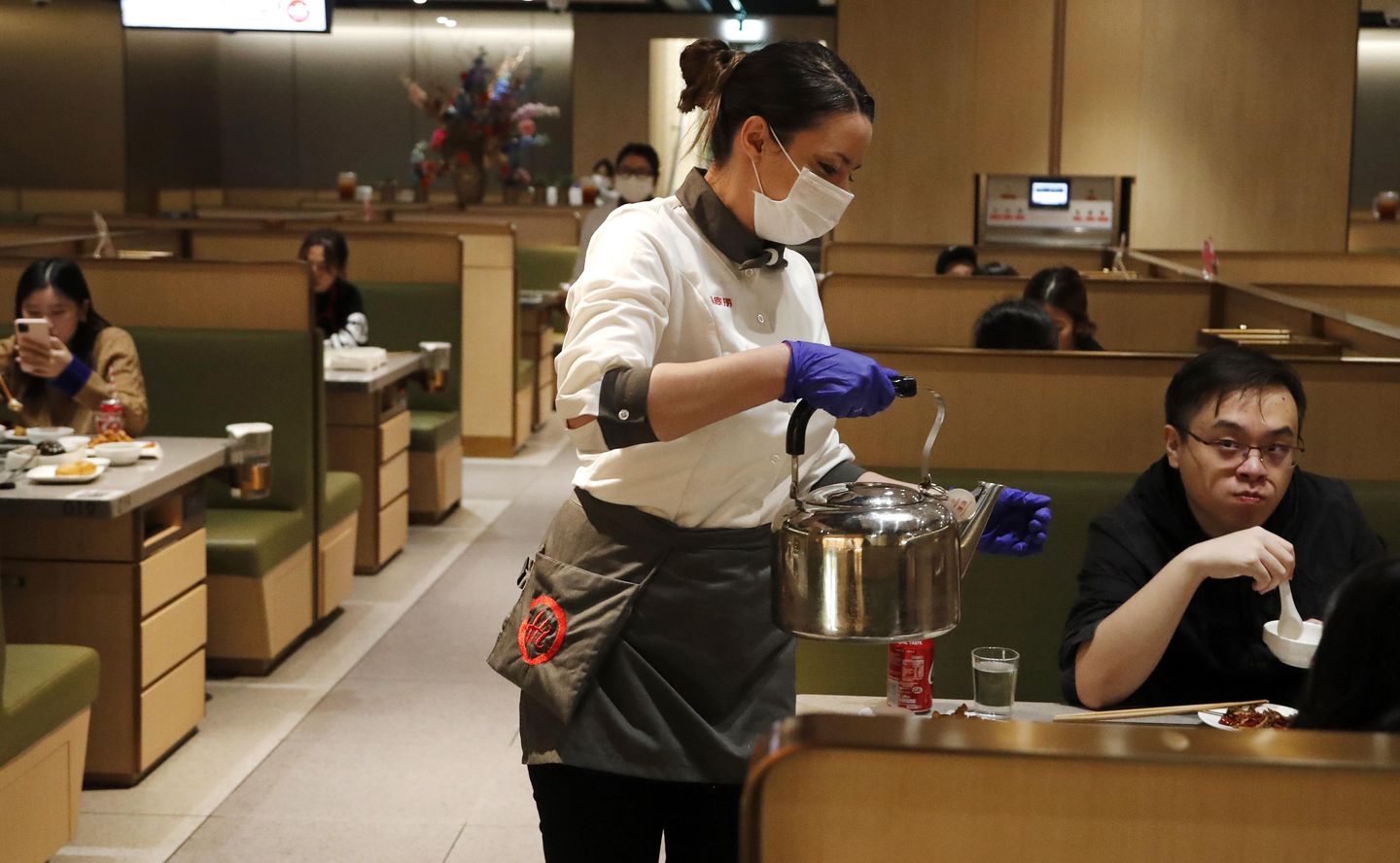
A new study from the Centers for Disease Control and Prevention finds that white-collar workers are more likely to have mental health complaints than blue-collar workers.
The findings published this month in JAMA Network Open found that people working in arts, design, entertainment, sports, media, health care support, sales and food preparation and serving were three to four times more likely to report “frequent and extreme mental distress.” They were also more likely to report ever having been diagnosed with clinical depression.
The federal health agency noted that manual laborers in agriculture, forestry, fishing, hunting, mining, utilities, construction, manufacturing, wholesale trade, transportation and warehousing had “significantly lower” rates of self-reported depression and mental stress.
Aaron Sussell, a CDC epidemiologist and the study’s lead author, said the findings build on past research linking common office problems to poor mental health.
“We know there is evidence that psychosocial hazards at work, including work overload, shift work, long hours, lack of control over workload, social or physical isolation, poor communication, harassment and interpersonal conflict are linked to workers’ poor mental health,” Mr. Sussell said. “Additionally, work-related injuries and illnesses negatively affect mental health.”
Mr. Sussell and five other CDC researchers analyzed 536,279 civilian workers in 37 states who responded to a survey from 2015 through 2019. Among them, 469,129 shared their industry, job, demographics and mental health information.
According to the CDC study, 14.2% of all workers reported ever having a medical diagnosis of mild depression with anxiety. Another 9.6% reported experiencing “frequent mental distress,” and 4.1% reported experiencing “extreme distress.”
The study comes as high school graduates have increasingly embraced skilled trades over pricey four-year college programs in recent years.
According to the Education Data Initiative, the average cost of a college education has more than doubled in the 21st century. The initiative reported in March that the average university charges a student $38,270 a year for books, supplies and daily living expenses.
Multiple reports have attributed an uptick in enrollment for short-term trade credentials to a growing sense among young people that the dwindling number of good-paying jobs requiring a college degree does not justify acquiring six figures of school debt.
By contrast, some workforce experts reached for comment noted that labor-intensive jobs offer young people the satisfaction of personal independence and a good salary without struggling to pay their bills.
“The idea that a four-year degree is the only pathway to career success is a thing of the past,” said Richard Wahlquist, chief executive officer at the American Staffing Association, a recruiting industry trade group. “Technical and vocational school graduates are working in some of the most in demand jobs in the labor market, and they’re doing it without massive student loan debt.”
An American Staffing Association survey of adults published this month found that 57% would advise graduating high school seniors to enter the workforce directly or attend a vocational school, trade school or apprenticeship.
Only 28% of the 2,093 adults responding to the survey fielded by the Harris Poll said they would advise their younger selves to attend a four-year college or university.
“It is important for adults to encourage students to consider trades schools as an alternative to college because they offer faster, more affordable paths to high-paying, in-demand jobs and long-term careers,” said Jon Neff, CEO of the trade advocacy group SKL’D. “Promoting trade education also helps narrow the skilled labor gap and validate more inclusive paths to success and job satisfaction.”



![Former Bravo Star Charged After Violent Assault Using a Rock-Filled Sock in Tennessee Walmart [WATCH]](https://www.right2024.com/wp-content/uploads/2025/07/Former-Bravo-Star-Charged-After-Violent-Assault-Using-a-Rock-Filled-350x250.jpg)



![NYC Man Snatches Child Off The Sidewalk, Parents Chase Him Down [WATCH]](https://www.right2024.com/wp-content/uploads/2025/07/NYC-Man-Snatches-Child-Off-The-Sidewalk-Parents-Chase-Him-350x250.jpg)
![Karoline Leavitt Levels CNN's Kaitlan Collins and Other Legacy Media Reporters [WATCH]](https://www.right2024.com/wp-content/uploads/2025/07/Karoline-Leavitt-Levels-CNNs-Kaitlan-Collins-and-Other-Legacy-Media-350x250.jpg)
![Man Arrested After Screaming at Senators During Big Beautiful Bill Debate [WATCH]](https://www.right2024.com/wp-content/uploads/2025/06/Man-Arrested-After-Screaming-at-Senators-During-Big-Beautiful-Bill-350x250.jpg)
![Illegal Alien Walked Free After Decapitating Woman, Abusing Corpse for Weeks [WATCH]](https://www.right2024.com/wp-content/uploads/2025/07/1753013138_Illegal-Alien-Walked-Free-After-Decapitating-Woman-Abusing-Corpse-for-350x250.jpg)






